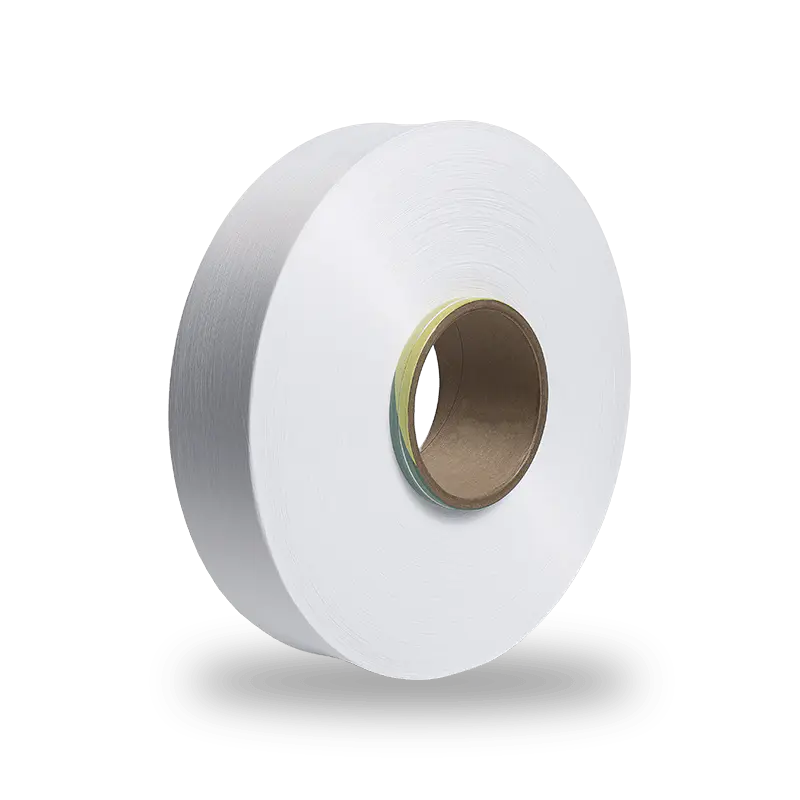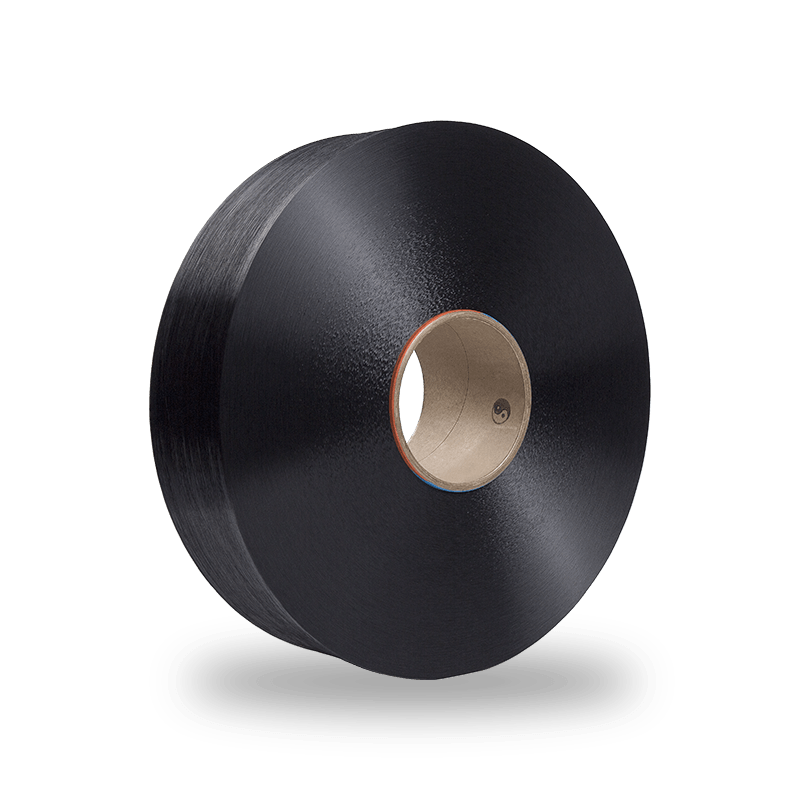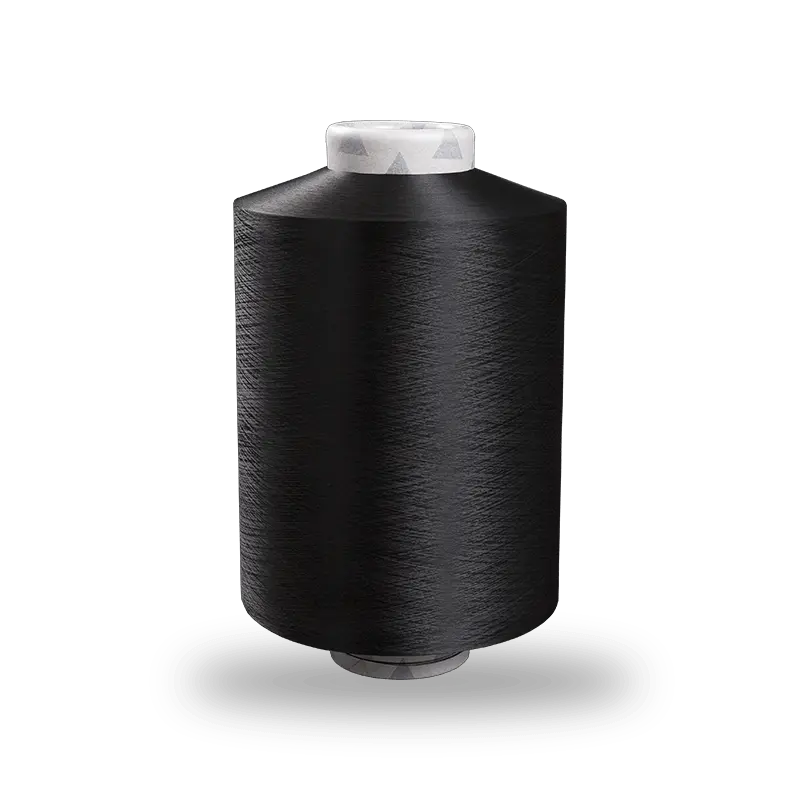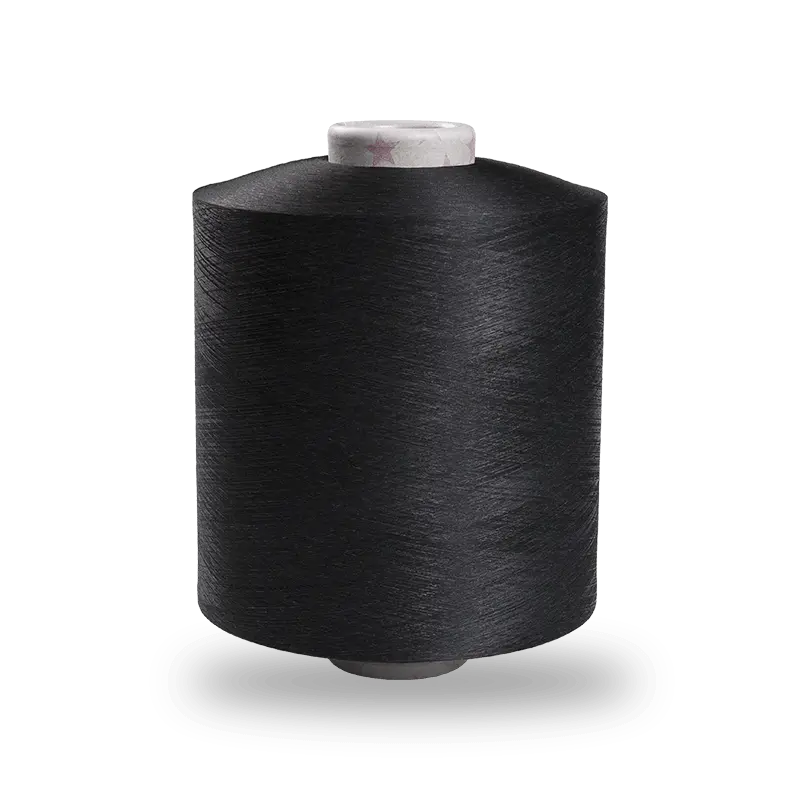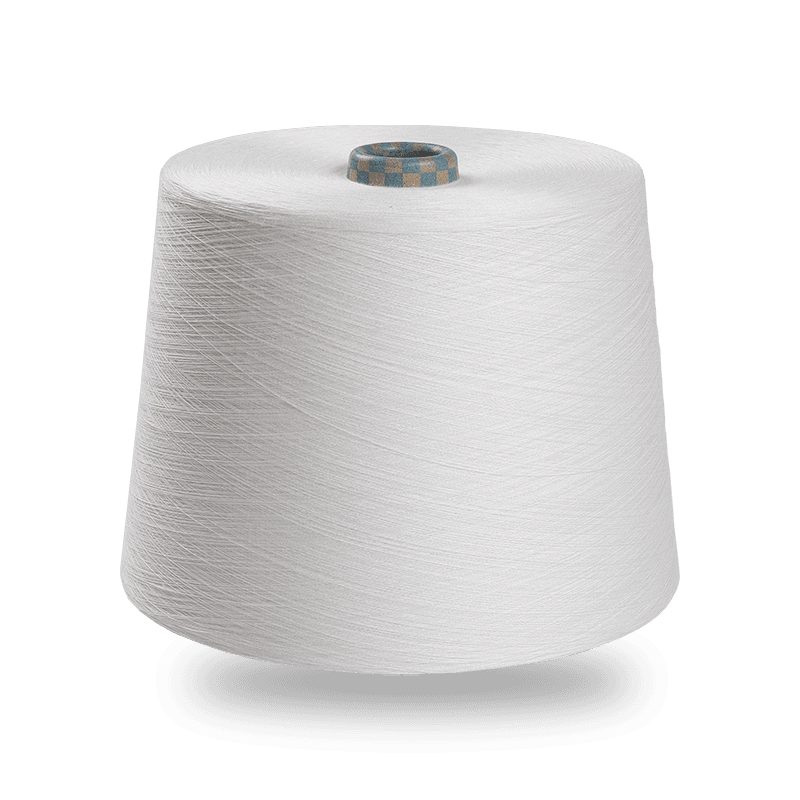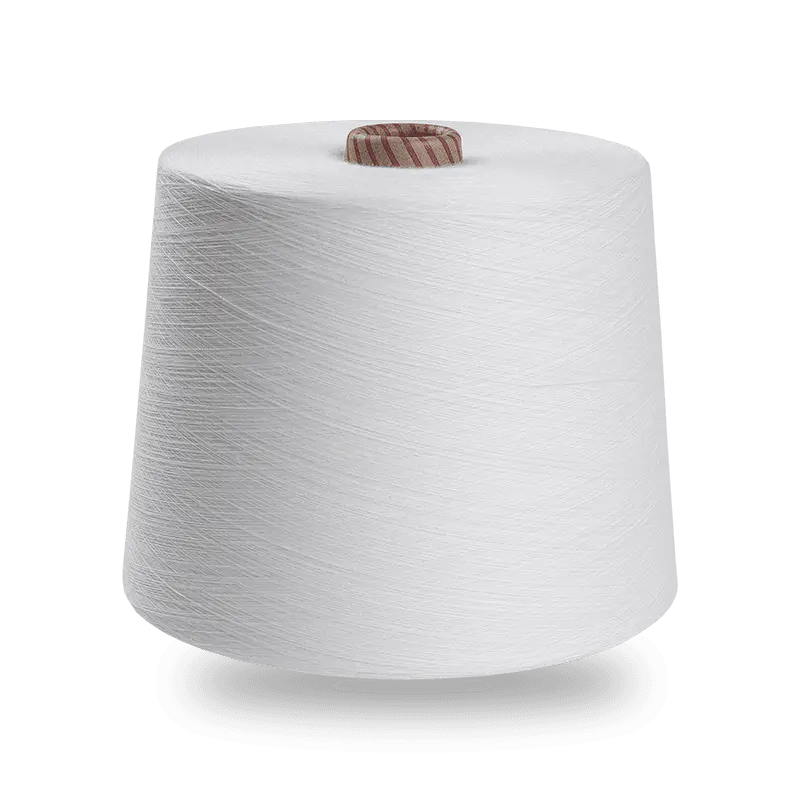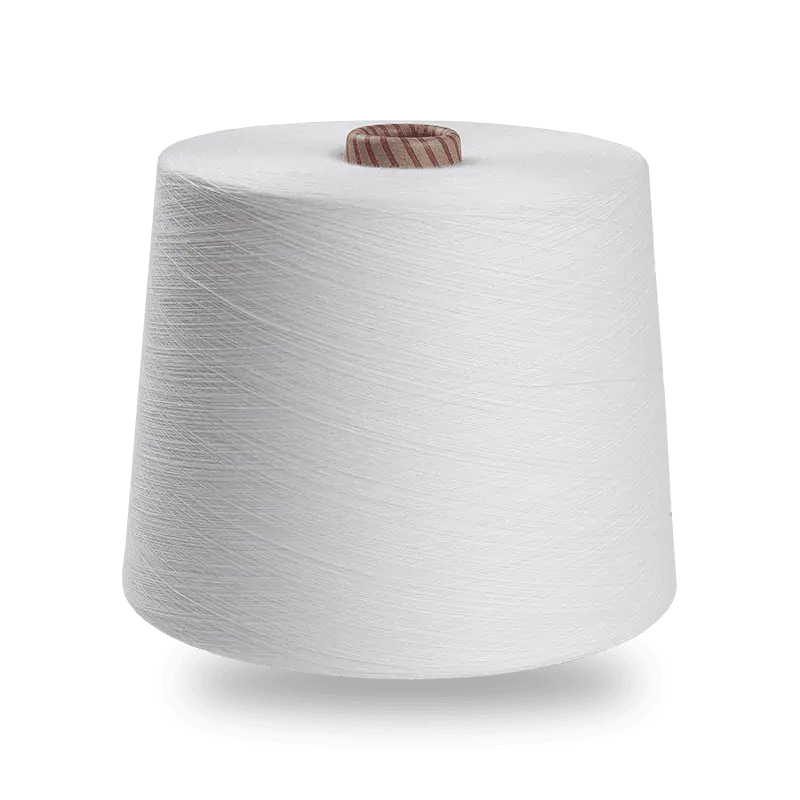In today’s fast-paced textile industry, the performance of nylon 6 draw textured yarn plays a crucial role in ensuring smooth and efficient production on high-speed weaving and knitting machines. Yarn cohesion—the degree to which individual filaments within the yarn hold together—directly impacts not only the processing speed but also the consistency and quality of the finished fabric. Manufacturers and suppliers who understand this relationship can better meet the demanding expectations of modern textile production, offering superior yarns that boost productivity and reduce waste.
Yarn cohesion is particularly important when working with nylon 6 DTY because of its filament nature and flexibility. Without proper cohesion, filaments may separate or tangle, causing frequent machine stops and defects such as broken yarns, snags, or uneven fabric texture. Intermingling processes during production, such as slight or high intermingling, are designed to improve filament cohesion, creating a more compact yarn cross-section that resists filament separation. This optimized yarn structure facilitates continuous high-speed operation on circular knitting machines, warp knitting machines, and weaving looms, which are highly sensitive to yarn irregularities.
Beyond machine efficiency, the cohesion of nylon 6 draw textured yarn influences downstream fabric properties. Yarns with strong filament bonding produce fabrics with consistent appearance and enhanced durability, essential for applications like yoga wear, nylon-spandex blends, and dense knitwear. As a leading manufacturer, we emphasize rigorous quality control, including cohesion testing, to ensure our nylon 6 DTY products deliver reliable performance even under demanding knitting or weaving conditions. This attention to detail helps customers maintain stable production cycles and reduces the risk of costly downtime.
Moreover, yarn cohesion affects the dyeing process and fabric hand feel, two factors critical to end-user satisfaction. Well-cohered yarns absorb dyes uniformly, resulting in vibrant, even coloration without blotches or streaks. This uniformity is especially vital in fashion and performance textiles where appearance and comfort are key selling points. The balance between sufficient filament intertwining and elasticity ensures that fabrics maintain softness and stretchability, qualities highly valued in activewear markets that are rapidly expanding worldwide.
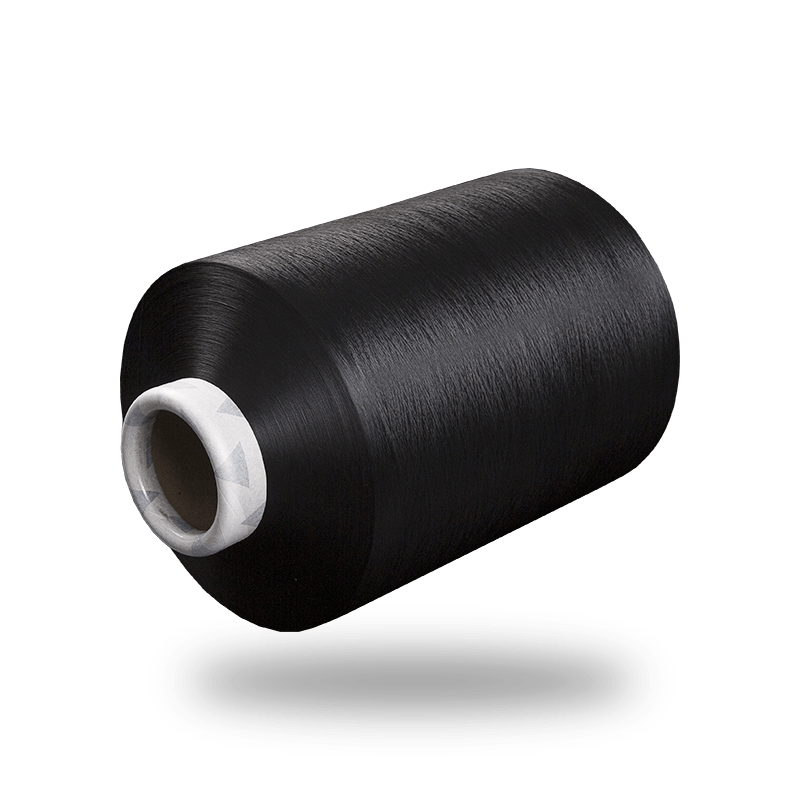
From a production perspective, selecting the right balance of intermingling in nylon 6 draw textured yarn is a strategic decision. No-intermingled (NIM) yarns may be preferred for specific lightweight fabrics that require high breathability, while high-intermingled (HIM) yarns excel in heavy-duty applications demanding robust cohesion. Understanding these options allows manufacturers and customers to tailor their yarn choices to precise end-use requirements, optimizing both processing efficiency and final product quality.
In conclusion, the cohesion of nylon 6 DTY is a fundamental factor that links yarn manufacturing techniques with the operational realities of high-speed textile machinery and the performance expectations of finished fabrics. As an experienced supplier dedicated to advanced production technologies like Japanese TMT winders and German Barmag texturing machines, we offer premium nylon 6 draw textured yarn engineered to enhance machine throughput and fabric excellence. This commitment helps our clients stay competitive by reducing defects, improving fabric uniformity, and supporting versatile applications in today's diverse textile markets.
Choosing the right nylon 6 draw textured yarn with optimal cohesion is not just a technical detail but a key element for success in modern textile production. We invite you to explore our comprehensive product line and experience how expert craftsmanship combined with industry-leading equipment can elevate your manufacturing process and final fabric quality to the next level.


 English
English 中文简体
中文简体 Español
Español عربى
عربى
